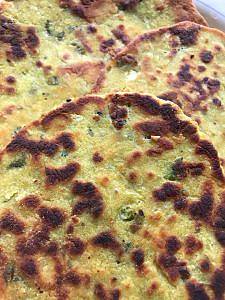In the field of foodstuffs and cooking, Iranians are witnessing the return of traditional dishes; people are even involved in training and learning the respective cooking and preparation methods of dishes from the Qajar era (18th and 19th centuries) which constitute a theme on Instagram’s cooking pages these days; a book of this title has also recently been published.
In addition, baking traditional Iranian pastries and breads has become very common, including lavash, taftoon and sangak flatbreads, etc., each one having a different name in different parts of Iran. Baking bread at home, in addition to its entertainment and health aspects, gives people a sense of self-confidence, pride in their predecessors, and identity.
It is interesting to note that, similarly in other parts of the world, e.g. the UK, Canada, and elsewhere, one of the earliest products to disappear from supermarket shelves was baking flour. In addition to baking bread, the production of cooking utensils and supplies has also been revived, an example is the production of saj which is a round, metal plate on which bread dough is spread and which is placed on the fire until the bread is cooked.
The traditional production of yeast for breadmaking in households has also been revived in an interesting way. Another example of cooking that involves adding special materials in the traditional way is the home preparation of yogurt and buttermilk.
This revival of traditional food production (and of associated cooking utensils) signals two important aspects of ICH: first, that in a time of stress and uncertainty, traditional methods of food preparation provides people with comfort and a sense of reasserting control over their lives; second, many of these traditional foods require a lot of time and attention which is something that we all have in abundance, but which modern life in its normal manifestation does not usually allow us.
For more details and for images of the element, see website
Les désignations employées et la présentation des textes et des documents référencés dans cette plateforme n'impliquent de la part de l'UNESCO aucune prise de position quant au statut juridique des pays, territoires, villes ou zones, ou de leurs autorités, ni quant au tracé de leurs frontières ou limites.
